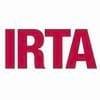Explore all the information on
Dairy manure management
Welcome to the page about Dairy manure management of Engormix; a source of knowledge on Dairy manure management.
Comments related to #Dairy manure management
Top 10 content about #Dairy manure management















